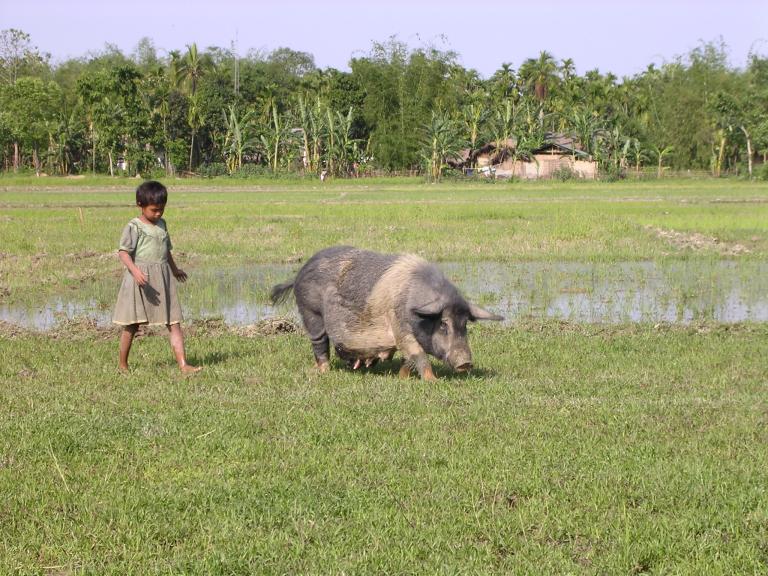
PAVARD Samuel




17, place du Trocadéro
75016 Paris
France
Head of the team Biodémographie humaine (BioDemo)
Associated Researcher at the Mortality, Health & Epidemiology team, Institut National d’Études Démographiques
Associate editor of Theoretical Population Biology
Board member of the Evolutionary Demography Society
Main Teaching:
I am a demographer with broad interests in understanding the biological, environmental, cultural and social determinants of demographic traits (as fertility and survival) in humans.
Questions that particularly interest me include (i) how and why such traits vary over time and between populations, (ii) how these demographic traits influence (and are influenced by) population dynamics, and (iii) how they have evolved during human history. My main research focuses are currently on two aspects:
The investigation of the joint evolution of life-history and sociality (in the ecological sense) in our species.
To study of the evolution of senescence in our species : Why do we age ? At what pace ? Do all functional systems age at the same pace ? What are the social drivers of - and the constraints on - senescence ?

A Mising girl in a rice field (Assam, 2003)
Pauline Hervois Knowledge about Infertility: Data (Level, Sources) and Speeches
Pauline Hervois Identifying the causes of cretinism: Investigations and etiological studies on an endemic disease (France, 19th century)
Victor Ronget (Funded by the ANR MathKinD) - Development and analysis kin & age structured model in humans
In coll. with. Sarah Cubaynes, Christophe Coste & Victor Ringet (in coll. with G. Pison and J-M Robine)
Researchers from the MathKinD project have developed a new method for linking genealogy to population dynamics. This work, at the crossroads between ecology and demography, has consequences on predicting the viability of species, monitoring their dynamics in time and space.
See article in the journal du CNRS

Who keeps children alive? is the title of a review from Rebecca Sear and Ruth Mace (2008, Evolution and Human Behavior). It is also a key question concerning the evolution of cooperative breeding and life-history traits in humans.
In coll. with. Sarah Cubaynes

Sénégal (TRANSISTIONS project, 2021)
Laos and Cambodia during the ANR project SoGen (Resp. R. Chaix, 2010-2014)
Assam and Megahlaya (India, 2003)